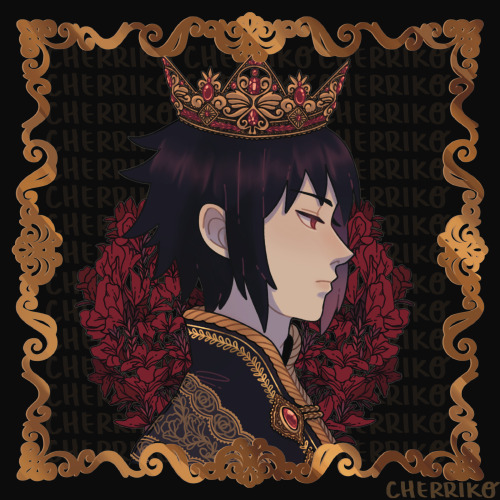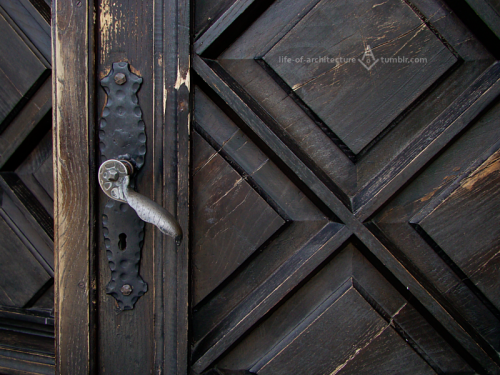#medieval aesthetic
Cosmos: Peace, Order, Harmony, Joy
Plumeria: Grace, Birth, Creation, Protection
Canna Lily: Glory, Power, Beauty, Perfection
Post link
Niskowa
kościół św. Stanisława Kostki
zbudowany w latach 1985-1992
architekt: Jan Okowiński
foto z 29 lipca 2017
><><><><><><><><><><><><><><><
Niskowa, Poland
St. Stanislaus Kostka Church
built in 1985-1992
architect: Jan Okowiński
taken on 29 July 2017
Post link
Feel like pure shite, just want a movie where the castles are decorated properly



My fav thing about innkeepers is when they say their last room only has one bed…



My ocs:з
, , ,
{…}
, ,
, ,
' , ♪
˖










To Know How to Look Upward
The Cathedral Church of Saint Peter in Exeter (Devon, South West England, United Kingdom).
The monument was built between the 12th and the 13th century, in the style of Norman Gothic. Architecturally, the building has several notable features, as an early set of misericords, an astronomical clock and the longest uninterrupted vaulted ceiling in England.
(The photographs show, in order: the Lady Chapel, original photograph by David Iliff ; the nave, idem ; the facade, original photograph by Torsten Schneider ; the east window in Lady Chapel, original photograph by DeFacto ; the organ, original photograph by Karl Gruber ; the east window again, original photograph by Discovery1412 ; the nave, original photograph by David Iliff ; the ceiling, original photography by DeFacto ; The Great East Window, idem ; and finally, the astronomical clock, ditto. The original photographs have been modified)










The Most Poetic
The St. Andrew’s Cathedral in Wells, (Somerset, England).
Built between 1180 and 1490, this cathedral mixes different currents of English Gothic architecture.
One of the major architectural innovations of this building is the addition in the 14th century of inverted arches known as “scissor arches”, at the level of the transept crossing. This technique, which breaks the monotony of the traditional sequences of ogival arches, permits to better distribute and support the weight of the bell tower which rises at this location, while consolidating the entire structure.
(The photographs show, in order: the Lady Chapel, photograph by David Iliff ; the inverted arch, idem ; the facade at sunset, photograph by StuJoPhoto ; the arches, photograph by Gary Ullah ; the organ, photograph by David Iliff ; the bell tower, photograph by Prosthetic Head ; the nave, photograph by David Iliff ; detail of the facade, photograph by Hadrianus1959 ; the facade, photograph by Michael D Beckwith ; and finally, the vault, photograph by Texasrancher99. The original photographs have been modified)










Tenebrism
José de Ribera (1591-1652), Spanish painter and engraver.
Belonging to the Baroque era, this artist will be one of the leaders of Tenebrism, few decades after the Caravaggio and his chiaroscuro. He will paint many religious paintings in this heavy atmosphere, and consequently his works remains really impressive today.
(Oil paintings details. The pictures show, in order: The Trinity, after 1935 ; Touch, circa 1630 ; The Penitent Magdalen, between 1609 and 1611 ; Ecce homo, circa 1620 ; St. Peter and St. Paul, circa 1616 ; St. Simeon with the Christ child, 1647 ; St. Sebastian cured by the Holy Women, 1621 ; St. Bartholomew, 1751 ; Martyrdom of St. Lawrence, between 1620 and 1624 ; and, finally, St. Francis of Assisi, 1643)










A Junction for the Arts
The St. Michael and St. Gudula Cathedral (Brussels, Belgium).
This monument takes place at the crossroads of trade routes, on a hill, the Treurenberg. The Gothic cathedral (Brabant style) was built between the 13th and 16th centuries, and has impressive dimensions as well as remarkable decorative elements.
(The pictures show, in order: the facade, original photograph by Drow male ; the window of the south transept, original photograph by Henri Frelinx ; the nave, original photograph by Zairon ; Adam and Eve expelled from Eden, detail of the pulpit by Hendrik Frans Verbruggen, 1699, original photograph by Myrabella ; the nave, original photography by Kiban; a stained glass window, original photograph by M0tty ; The Biblical Magi at the west portal, original photograph by Ymblanter ; the organ, original photograph by Campania ; the choir, original photograph by yoko ; and finally, stained glass window, original photograph by Donaldytong. The original photographs have been modified)




Oil paintings by the romantic Belgian painter Jules Victor Génisson (1805-1860).
(In order, Interior of the Cathedral of Amiens, 1842; Interior of St. Savior’s Cathedral in Bruges, 1848; Interior of the St James’ Church in Antwerp, 1857; Interior of Westminster Abbey, 1951)










Works of the Mind
Gothic architecture, also called “French art” (“art français”), is an architectural style that appears in the 12th century in Île-de-France and Haute-Picardie, also called in this times “Opus Francigenum”. Often summarized with the use of broken arches (unlike the Romanesque semicircles), allowing to gain height, with also recurring flying buttresses (elements that the Gothic did not invent contrary to the common idea), this style is more about art than mere technical features. Indeed, aesthetics holds a great place in this style, explaining a part of its popularity.
(The pictures show, in order: plan of the rose window of the chapel of the castle of Saint-Germain ; plan of the pinnacle of the cathedral of Reims ; window plan of Amiens Cathedral ; plan of the rose window of the south transept of Notre-Dame de Paris ; plan of the western rose window the cathedral of Mantes ; plan of the flying buttresses of the cathedral of Chartres ; plan of a fence of the Narbonne Cathedral ; plan of the spire of the cathedral of Amiens ; plan of an archivolt of the south portal of the cathedral of Amiens ; and finally, a plan of the rosace of the cathedral of Reims. All the pictures belong to public domain)










Metamorphosis
The Saint-Maclou cathedral of Pontoise, (Val-d'Oise, Île-de-France, France).
Having the status of cathedral since 1966, this Gothic monument was built in the twelfth century. Given its initial nature as a church, the building has modest dimensions and including a very narrow transept. Elements of the Renaissance style will be added in the 16th century, such as side chapels, while the symmetry of the building will be broken.
Today, magnificent capitals and Romanesque keystones are still observable, while the cathedral contains remarkable religious sculptures.
(The photographs show, in order: the western facade, photograph by BastienM ; capitals of the southwest corner of the transept crossing, photograph by Pierre Poschadel ; altarpiece of the first chapel in front of the south aisle, idem ; the nave and the organ, photograph by BastienM ; funerary slab of Jean Desmons, doctor, died in 1695, photograph oby Pierre Poschadel ; the collateral north of the nave, idem ; La Charité, by Granier for the tomb of François de Guénégaud, sculpture made around 1688, idem ; the choir, idem ; south aisle, pilaster between 4th and 5th span, idem ; and finally, sculpture representing the Christ, Joseph of Arimathea, Madeleine, and John consoling the Virgin Mary, idem)









Stones Lighter than the Sky
The cathedral Saint-Pierre of Vannes (Morbihan, Brittany, France).
This Gothic building, built on the basis of a Romanesque cathedral, will be under construction for a long period, between the fourteenth and nineteenth centuries. The structure of the building also testifies to this Romanesque legacy with its ten chapels and its transept with unequal arms.
Today, the building retains remarkable sculpted details, making it a good spot for history and architecture enthusiasts.
(The photographs show, in order: the right Angel of the high altar, photograph by GO69 ; the nave, photograph by Jean-Christophe Benoist ; an outside view, photograph by Georgi Genov ; the high altar, photograph by Jean-Christophe Benoist ; spire details, photograph by libriothecaire ; the portal of the west facade, photograph by Jordiferrer ; the choir, photograph by Jean-Christophe Benoist; the right Angel of the high altar, photograph by Vassil ; and finally, an external view of the spire, photograph by A455bcd9. The original photographs have been modified)










In the Depths of Imagination
Harry Clarke (1889-1931), Irish painter-glassmaker and illustrator.
He has been an important figure in the Arts and Crafts movement, particularly in Ireland, and has been influenced by many movements, including Symbolism, Art Nouveau and Celtic Revival.
His style, inimitable, all in lines and ambiguity, will marry perfectly to the works he will illustrate.
(The pictures show, in order: page 004 of von Goethe’s Faust, 1925 ; The Man of the Crowd, 1923 ; The Cask of Amontillado, 1919 ; Morella, 1909 ; illustration in The fairy tales of Charles Perrault, 1922 ; The Colloquy of Monos and Una, 1923 ; illustration from Tales of Mystery and Imagination , 1919 ; idem, 1923 ; Descent into the Maelstrom, 1919 ; and, finally, illustration in The fairy tales of Charles Perrault Perrault, 1922)










In The Abyss…
John Bauer (1882-1918), illustrator and Swedish painter.
This artist will realize the illustrations of tales, but will never stop doubting of his talent, dreaming of painting essentialy with oil, the “true art”, but not being able to spend a lot of time on it for lack of money.
He died tragically with his family in 1918, after the capsize of the boat supposed to bring them to a new house in Stockholm.
(The pictures show, in order: Lena dances with the knight, 1915 ; The Swan princess, 1908 ; From time to time, the intrigue took the reins, unknown date ; A knight rode on, 1915 ; Agneta and Sjökungen, 1910 ; Princess Tuvstarr gazing down into the dark waters of the forest tarn, 1913 ; One summer’s evening they went with Bianca Maria deep into the forest, 1913 ; The magic ride, 1910 ; Look at them,“ troll mother said. "Look at my sons! You won’t find more beautiful trolls on this side of the moon, 1915 ; and finally, Agneta and Sjökungen)










The Dawn of an Art
The Notre-Dame Cathedral of Noyon (Oise, Hauts-de-France, France).
Built in the twelfth and thirteenth centuries, this monument is typical of early Gothic buildings, and therefore has unique features, later abandoned by the builders for future Gothic monuments, such as the presence of apses (spaces in a semicircle) at the end of each branch of the transept.
The cathedral will also experience many damages, like fires, devastations during the Revolution or the Second World War, among others ; making it as a monument often restored, as evidenced by its important lack of ouvraged stained glass windows, nowadays.
(The photographs show, in order: the towers, photography by Marc Ryckaert ; wrought iron gate, photograph by Jean-Pol Grandmont ; a detail of the transept, photograph of Pierre Poschadel ; detail of the chorus, idem ; the nave, photography by Jean-Pol Grandmont ; an external view of the chevet, photography by Pierre Poschadel ; the choir, photography by Zairon ; chapter room of the cloister, photograph of D Villafruela ; the bedside photography of Marc Ryckaert ; and finally, the southern collateral nave, photograph of Daniel Villafruela. The original photographs have been modified)


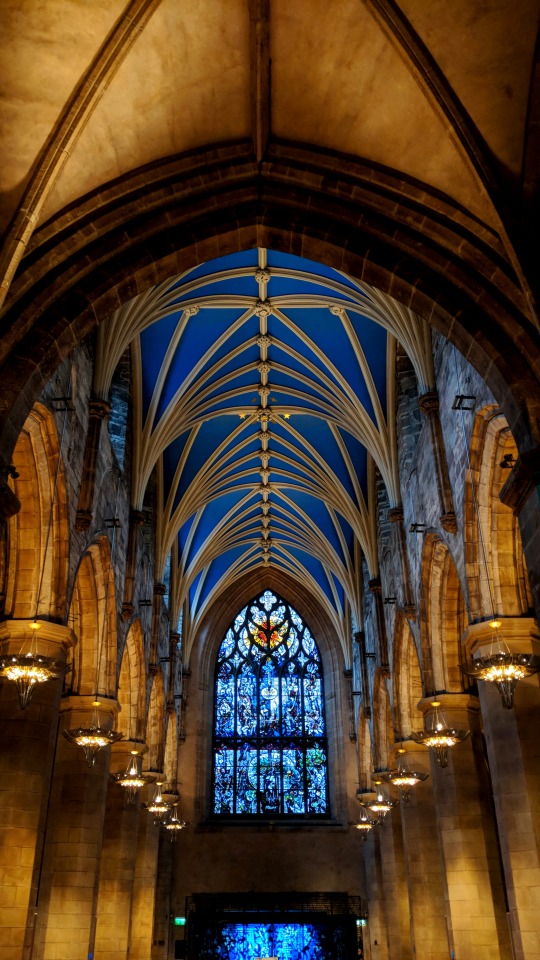




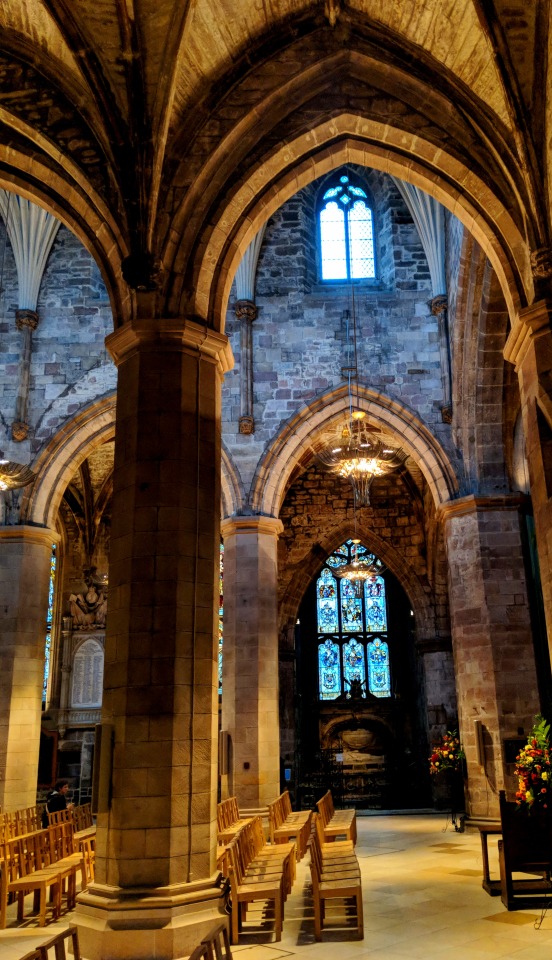


“Edinburgh would not be Edinburgh without it”
- Cameron Lees (1835-1913)
The Saint Giles’ Cathedral of Edinburgh, Scotland.
Built from the 12th century, many great and famous elements of this gothic monument will be added later, as the distinctive crown steeple, over the crossing, installed around 1490, while this spire is now one of the most known Edinburgh’s landmarks.
(The pictures show, in order: a global exterior view, original photograph by Carlos Delgado ; the blue screen inside new west porch, original photograph by Enchufla Con Clave ; a view on the nave, idem ; a view on the arcades, original photograph by Leandro Neumann Ciuffo ; the Thistle Chapel, original photograph by Enchufla Con Clave ; the crown steeple, original photograph by Stephencdickson ; detail of a stained glass window representing the Christ commanding the sea to be still, original photograph by Amy Mantravadi ; an interior view, original photograph by Enchufla Con Clave ; the nave, original photograph by Michael D Beckwith ; and finally, the sculptures above the west door, original photograph by Nilfanion. The original photographs have been modified)










At the Gates of the Ocean
The Sainte-Marie cathedral of Bayonne (Pyrénées-Atlantiques, Nouvelle-Aquitaine, France).
This Gothic monument was built between 1213 and the 14th century and posses a magnificient adjoining rectangular cloister of radiant Gothic style dating from the 14th century too. Furthermore, the cathedral presents two spires rising to 85 meters in height, and is renowned for its beautifully preserved keystones.
(The photographs show, in order: a view on the spires, original photograph by François de Dijon ; the choir, original photograph by Dominique Dalbiez ; detail of a keystone, idem ; the cloister, ditto ; a drawing of a stained glass project, by Émile Thibaud, 1847 ; a view from the cloister ambulatory, original photograph by Eduardo Miranda ; a view on a gargoyle, original photograph by Cinoworus ; a view of the stained glass windows in the choir, original photograph by Svein-Magne Tunli ; a view of the cloister arches, original photograph by Dominique Dalbiez ; and finally, a bay of stained glass windows seen from the outside, original photograph by Eduardo Miranda. The original photographs have been modified)





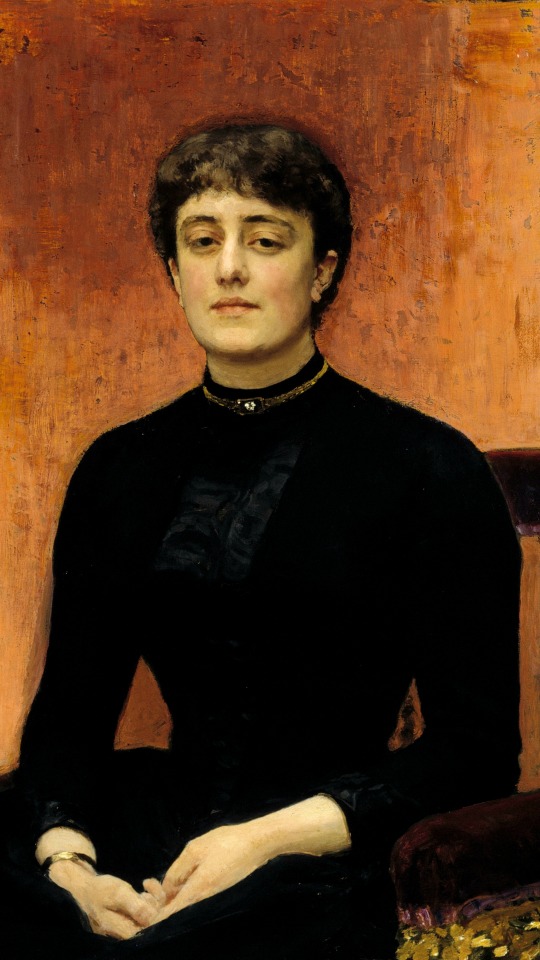


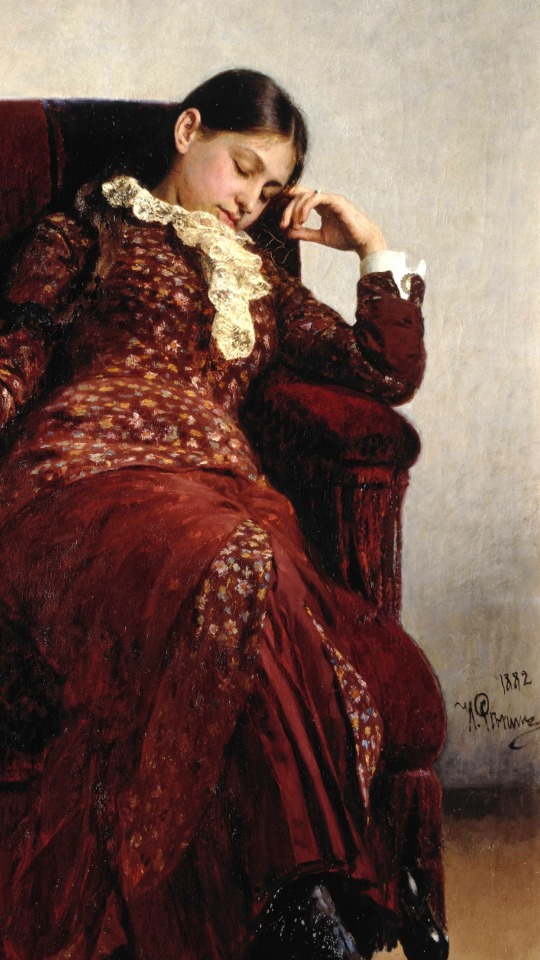

The Wanderer
Ilya Yefimovich Repin (Илья́ Ефи́мович Ре́пин, 1844-1930), Russian painter.
Affiliated to Realism, part of the Wanderers art group, this artist will appropriate many styles, focusing on portraits, historical paintings and genre scenes. He will also, many times, pay tribute to the great figures of his country.
(Details. The pictures show, in order: Portrait of Sophia Mikhailovna Dragomirova, general Mikhail Ivanovich Dragomirov’s daughter, 1889 ; Sadko, 1876 ; The Zaporozhye Cossacks Replying to the Sultan, between 1878 and 1891 ; Raising of Jairus’ Daughter, 1871 ; Grand Duchess Sofia at the Novodevichy Convent, 1879 ; Portrait of Elizabeta Zvantseva, 1889 ; Ivan the Terrible and His Son Ivan on November 16th, 1581, 1885 ; Arrival of the tsars Peter I and Ivan V, 1900 ; Taking a rest, 1882; and, finally, Portrait of Yury Repin, 1882)

Arcades of the Saint-Maurice cathedral in Vienne (Isère, France).
(Original photograph by Aniacra, the picture has been modified)



The Great Slumber
Some wintry paintings by Georg Carl Adolph Hasenpflug (known as Carl Hasenpflug, 1802-1858), German romantic painter.
(The images show in order: The Monastery of Walkenried, 1850, original photograph by Jean-Louis Mazières ; View of the Ruin of the Church in Winter, 1848; The Ruin of Walkenried Monastery in Winter, 1843. The original pictures have been modified)










Take Some Height
The Salisbury Cathedral (Salisbury, Wiltshire, England).
This monument was built between 1220 and 1320, in the style of Early English Gothic. The cathedral is known to have the tallest spire in England, standing at 123 meters.
It also contains a clock belonging to the oldest working models in the world, and the best preserved original copy, among the four remaining, of the Magna Carta.
(The photographs show, in order: a detail of the west facade, original photograph by Diego Delso ; the nave and the choir, idem ; the nave, idem ; the Trinity Chapel, original photograph by David Iliff ; a detail of the Gothic arches, original photograph by Jan van der Crabben ; the spire, original photograph by Diego Delso ; the nave, original photograph by Bernard Gagnon ; the cloister, ditto ; the northern transept, original photograph by Diego Delso ; and finally, the Chapel of the Trinity, original photograph by David Iliff. The original photographs have been modified)

The Water of Life
Sculpture by Stephen Broadbent (British sculptor, born in 1961), in Chester Cathedral cloister garth.
(Original photograph by Ian Kelsall)
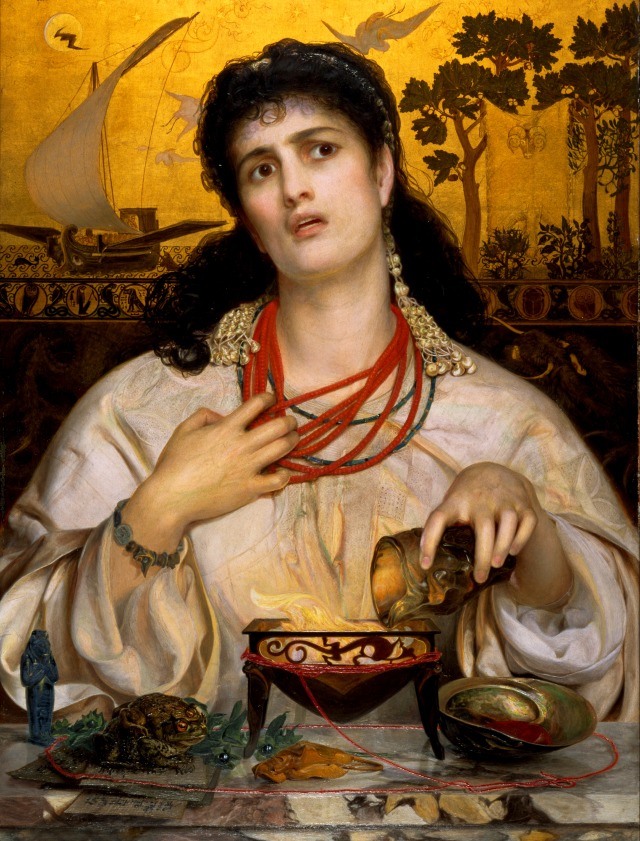

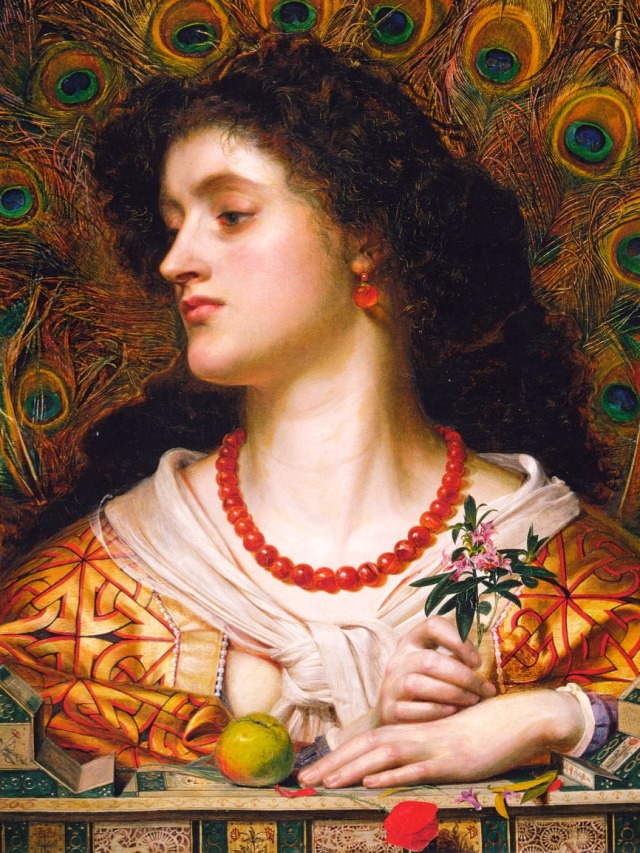



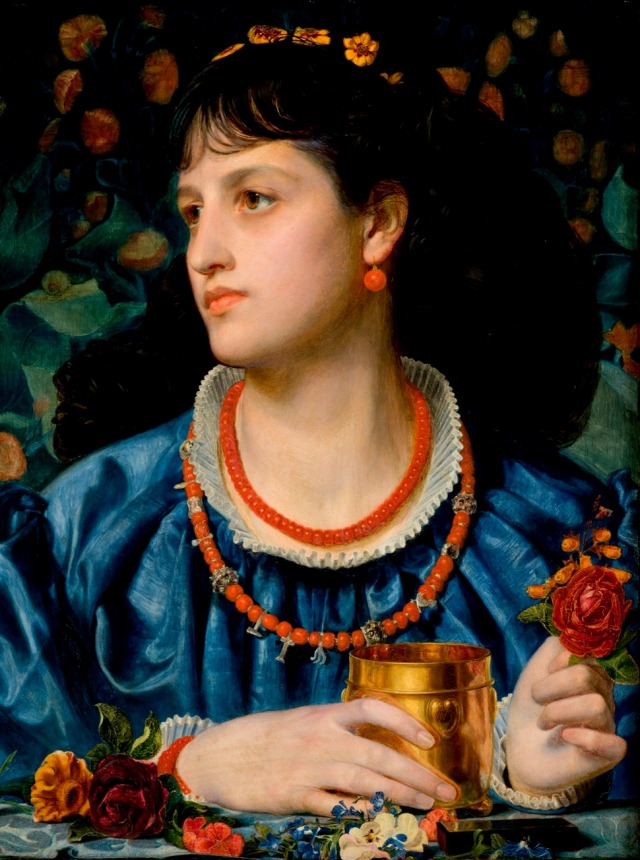

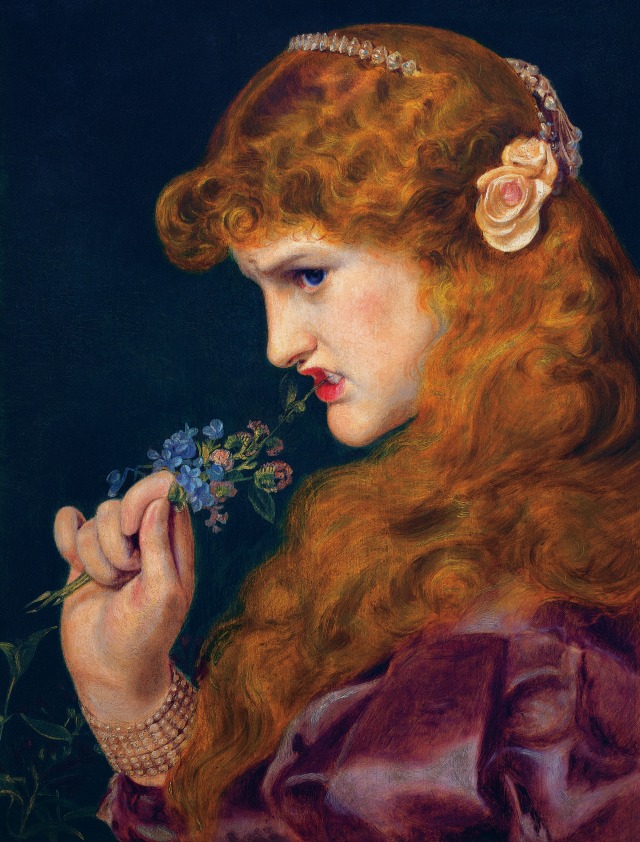

Bittersweet Fascination
Anthony Frederick Augustus Sandys (known as Frederick Sandys, 1829-1904), English painter, draugthsman and illustrator.
Associated with the Pre-Raphaelites, but painting relatively little, he never became a popular painter.
He will apply himself, in his works, to transcribe the strength and sensuality of his female characters, often mythological, associated with the figure of the femme fatale, in an victorian artistic environment much more timid and restrictive.
(Oil paintings details. The pictures show, in order : Medea, between 1866 and 1868 ; Helen of Troy, 1867 ; Vivien, 1863 ; Grace Rose, 1866 ; May Margaret, between 1865 and 1866 ; Perdita, circa 1866 ; Isolda with the Love Potion, 1870 ; Mariya Magdalena, circa 1859 ; Love’s Shadow, 1867 ; Portrait of a Lady, probably Anne Simms Reeve of Brancaster Hall, Norfolk, 1870)



